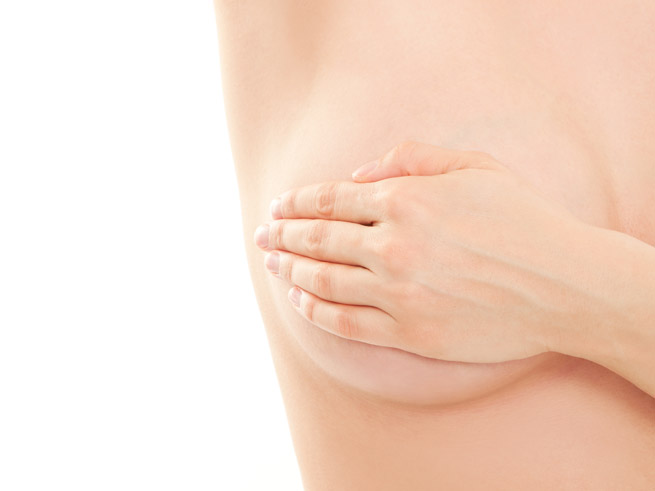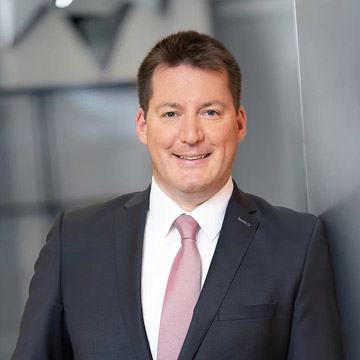Die Vorbereitung einer Halsstraffungsoperation
Sorgen Sie dafür, dass Sie gerade vor einer OP möglichst in einer optimalen gesundheitlichen und ausgeruhten Gesamtverfassung sind.
1 Vierzehn Tage vor dem Eingriff dürfen Sie auf keinen Fall Aspirin oder ähnliche Medikamente einnehmen, da diese die Blutgerinnung hemmen. Wenn Sie regelmäßig andere Medikamente einnehmen, besprechen Sie das vorher mit dem Arzt.
2 Schränken Sie einige Tage vor der Operation den Genuss von Alkohol und Nikotin auf ein Minimum ein. Am besten ist es, das Rauchen ganz einzustellen.
3 Planen Sie 10 bis 14 freie Tage im Anschluss an den Eingriff zur Regeneration ein. In den ersten Tagen nach ästhetischen Operationen sind Sie körperlich noch nicht voll einsatzfähig.
Klären Sie vor der Operation alle Fragen im Detail, am besten notieren Sie sich einen Fragenkatalog. Vor jedem Eingriff muss der Patient eine sog. Einverständniserklärung unterschreiben. Dieses Formular dokumentiert den geplanten Eingriff und die damit verbundenen Risiken.
Die Halsstraffungoperation
Je nachdem, wie umfangreich der Eingriff ist, kann eine Halsstraffung ambulant oder stationär geplant werden. Auf jeden Fall genießen Sie bei Vitalitas den Vorteil einer sicheren Betreuung durch geschultes und professionelles Personal! Die Dauer der Operation hängt vom Ausmaß und der Kombination des geplanten Eingriffs ab. In der Regel dauert sie jedoch ein bis drei Stunden.
Methoden der Hals-Straffung sind:
Liposuction – Fettabsaugung häufig bei Doppelkinn angewandt.
Straffung unterhalb des Kinns mit Verkürzung des Halsmuskels
SMAS als eine Kombination und Spezialform des Faceliftings
Hals-Straffung mittels Z-Plastik häufig angewandt zur Beseitigung eines Truthahnhalses
Für eine Halsstraffung gibt es verschiedene Methoden. Je nachdem wie der Ausgangszustand und die Erwartungen sind, werden im Gespräch mit dem ästhetisch – plastischen Chirurgen – die Methoden und die für die jeweilige Halsform am besten geeignete Lösung gemeinsam mit dem Klienten abgestimmt.
Die Narkose bei Halsstraffungsoperation
Halsstraffungen werden meist in Vollnarkose durchgeführt, wenn es sich um eine umfangreiche Halsstraffung oder einen Kombinations-Eingriff handelt. Das hat den Vorteil, dass Sie als Patient am meisten geschont werden. Ob jemand narkosefähig ist oder nicht, entscheidet der Anästhesist nach einer eingehenden Untersuchung. Er ist während der gesamten Operation anwesend und steuert/überwacht die Narkose.
Kommt eine Vollnarkose aus einem individuellen Grund nicht in Betracht, kann das Halslift auch unter örtlicher Betäubung durchgeführt werden. Zusätzlich zu dem Betäubungsmittel werden dann Beruhigungsmittel verabreicht, die eine Art Dämmerschlaf hervorrufen. Als Patient sind Sie zwar wach und entspannt, spüren aber außer einem leichten Ziehen oder ähnlichen Empfindungen während des Eingriffs keinen Schmerz. Das Medikament kann als Tablette eingenommen oder aber in die Armvene gespritzt werden.
















 +49 152 51366453
+49 152 51366453